We can consider the April 14th airstrikes against the Syrian regime’s chemical infrastructure as a point of no return in regards to this country’s future developments. For many years Bashar Assad and Iran were able to take the utmost advantage of the Obama administration’s policy of appeasement, and thus pave the path for Russia’s entrance into the Middle East. The main victims have been directly the peoples of Syria, Iraq, Yemen and other regional states.
Iran seeks to respond to these attacks, both to lift the spirits of its military and security forces across the country, and in regards to the regional balance of power. Facing increasing anti-government protests and its consequences, however, Tehran lacks the capacity to take on measures outside of its borders .
Considered Assad’s main sponsor after spending dozens of billions of dollars in Syria, Iran had prior to these attacks threatened repeatedly that such a US-led initiative will not go unanswered.
Tehran, however, has yet to take any action after the early morning April 14th airstrikes, while further reports in Middle East outlets indicate other bases associated to the Assad regime and Iran-backed militias in Syria are being targeted.
Iranian Supreme Leader Ali Khamenei unprecedentedly described the leaders of the United States, France and the United Kingdom as “criminals,” going against all diplomatic norms. Can such remarks be considered a green light for terrorist attacks by Iran and/or its affiliates?
The semi-official Tasnim news agency, associated to Iran’s Revolutionary Guards (IRGC) Quds Force, claims the Asaeb al-Haq, a 40,000- strong militia group affiliated to Iraq’s Popular Mobilization Force (PMF) with long-term relations with Iran, has several units currently besieging U.S. forces stationed in the Al Zahra airbase located northwest of Baghdad.
Tehran’s rulers are comprehending clearly how Obama’s appeasement policy, in the face of this regime’s crimes inside the country and those of its affiliated militias abroad, has ended. Ever since the Trump administration has entered the White House, we have witnessed firm actions against Iran’s belligerence, rendering significant results.
For some time, we are no longer hearing reports of IRGC boats harassing US warships in international waters of the Persian Gulf. It has been months since Tehran last test-launched a ballistic missile. Instead they are using Yemen’s Houthis to launch Iranian missiles into Saudi Arabia to both cover any tracks and save face to some extent.
In the nationwide uprisings of the past months that rocked the very pillars of Tehran’s entire apparatus, the Iranian people are extensively protesting the regime’s Middle East meddling. This, parallel to the recent currency nosedive crisis, is preventing the Iranian regime from executing widespread military initiatives in the region.
Trump’s firm policy has also forced North Korea to agree into significantly curbing its nuclear weapons program and ballistic missiles. Russia, able to voice demands in the past few years due to Obama’s weakness and gaining a significant Middle East foothold through its Syria campaign, refused to respond to the US-led airstrikes against Assad’s forces.
Iran took advantage of the highly flawed appeasement policy by staging military attacks seeking physically elimination, and also demonizing its opposition, being the National Council of Resistance of Iran (NCRI) and specifically the People’s Mojahedin Organization of Iran (PMOI/MEK), the main member of this political coalition that is considered the alternative to the Iranian regime.
In Iraq PMOI/MEK members were target to numerous ground and rocket attacks by Iran-associated militias. Tehran resorted to such methods to balance in the face of regional defeats, including a lethal September 2013 raid into the PMOI/MEK’s main base in Iraq as Tehran’s nuclear negotiators began secret negotiations to curb their nuclear program.
Following the transfer of all PMOI/MEK members to Albanian in the Balkans, Tehran’s ability to carry out military attacks against them is limited. Iran, however, has launched an active propaganda machine and extensively expanded its embassy mission in Albania.
The PMOI/MEK in Albania have hosted senior American dignitaries such as Trump’s new National Security Advisor John Bolton, Trump’s cybersecurity advisor Mayor Rudy Giuliani, Senator John McCain and senior delegations from Congress all on separate occasions. Tehran’s lobbyists, especially those in the U.S., label such developments as the U.S.’ leniency towards war against Iran. This is Tehran’s effort to distract attention from the main issue at hand, being the existence of a popular resistance movement and an Iranian democratic alternative representing the Iranian people’s true will of regime change.
In response to senior U.S. figures supporting the PMOI/MEK and the policy of regime change in Iran, Tehran is focusing its main demonizing measures against this organization to both distort Albanian sympathy regarding the PMOI/MEK’s presence in Albania on one hand, and claim the Iranian regime has no alternative.
“Considering their own experience with dictatorship and oppression, Albanians understand the PMOI/MEK’s pain and suffering,” said former Albanian MP Namik Kopliku. “We are proud to provide a safe haven to the PMOI/MEK who seek freedom for Iran. On the other hand, we are witnessing a long slate of measures by Iran’s lobbyists in Albanian media attempting to spread lies and tarnish the PMOI/MEK’s image amongst our people.”
As a result, this possibility exists of Iran responding to setbacks in Syria by launching a new media campaign against PMOI/MEK members in Albania through its ties to western media outlets, attempting to delegitimize this alternative and portray the Iran dossier as a decision merely between war and appeasement.
If Washington intends to materialize its firm Middle East policy into meaningful results it must place its crosshairs on Iran . This is not a call for a new and unnecessary war in the Middle East. In fact, this is a call to support the Iranian people and their organized resistance movement in the ongoing anti-government protest, coupled with imposing crippling sanctions against the IRGC and Iran’s Central Bank. US Treasury Secretary Steve Mnuchin recently signaled the possible return of “very strong” sanctions against Iran.
These coordinated measures will significantly weaken Tehran inside the country and abroad, and facilitate true change by the Iranian people and their rooted opposition.



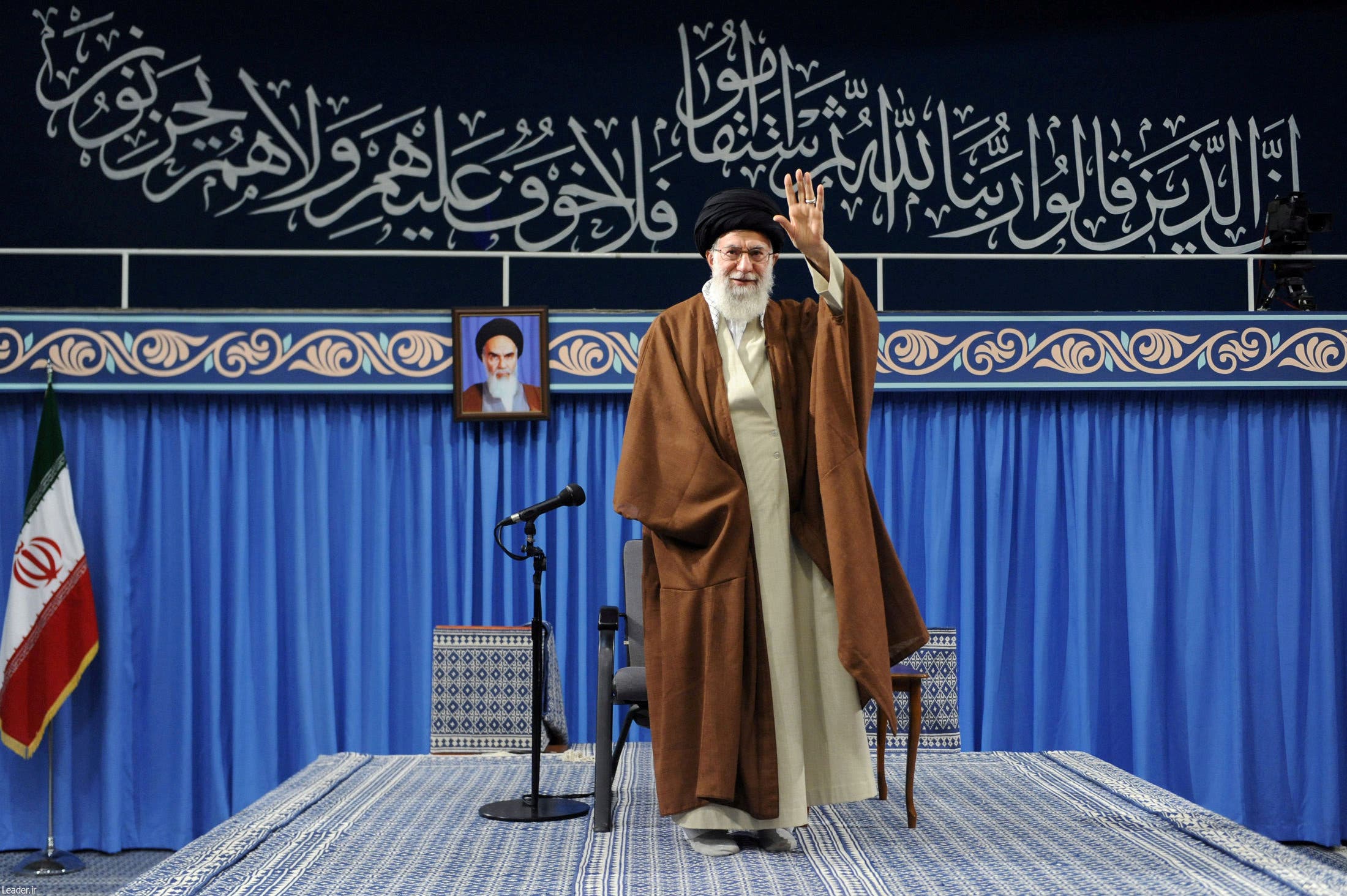
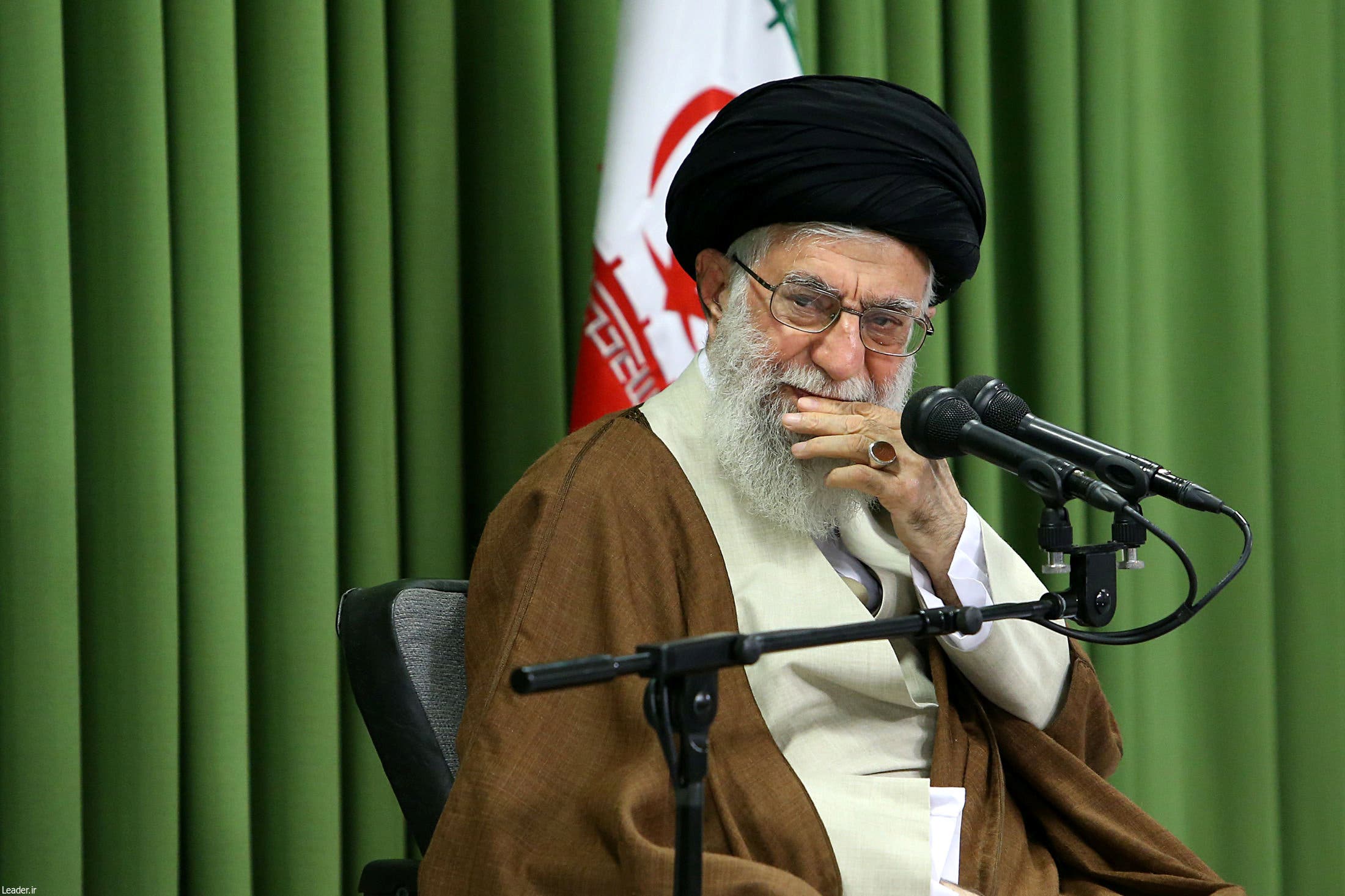
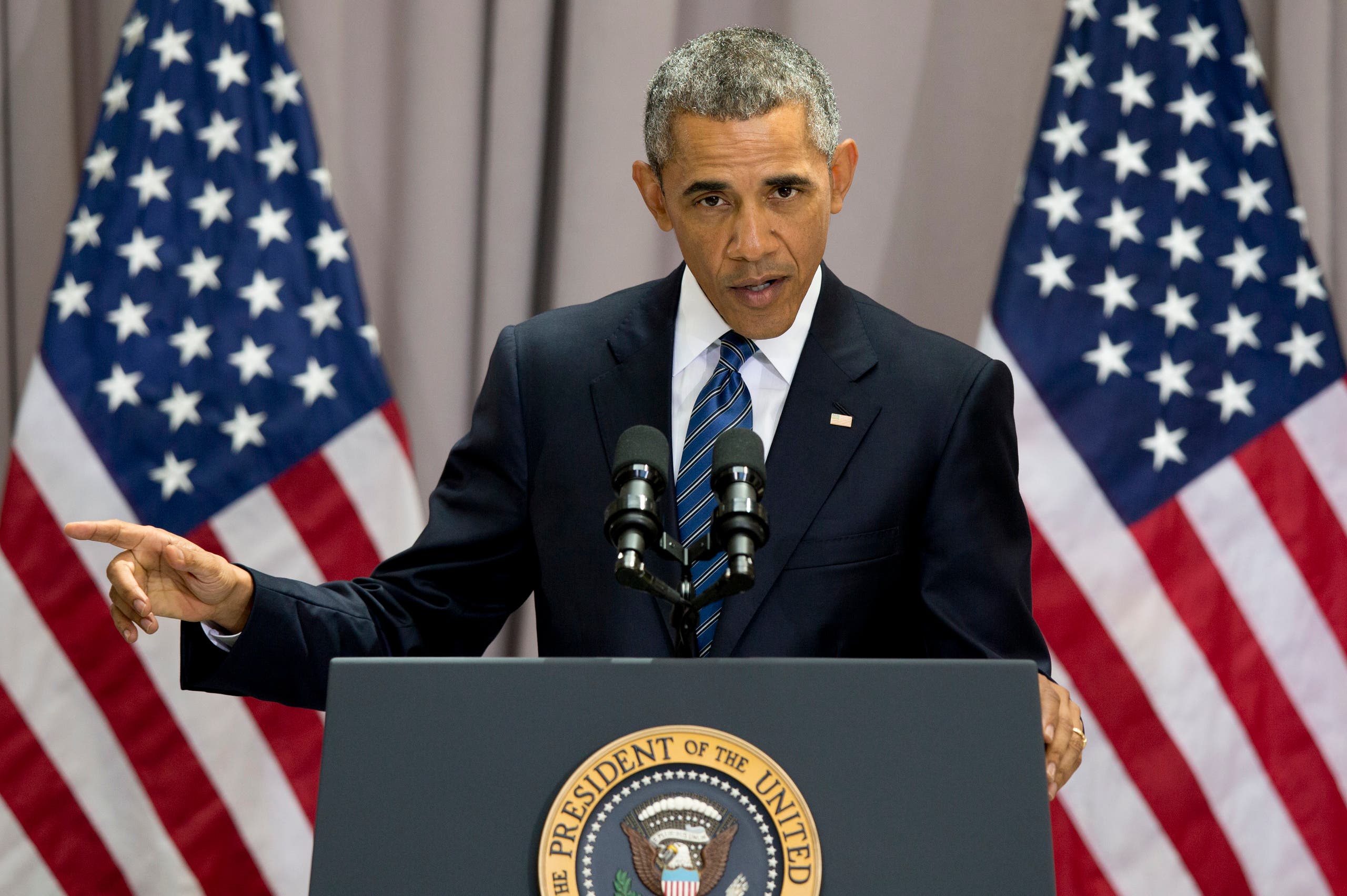
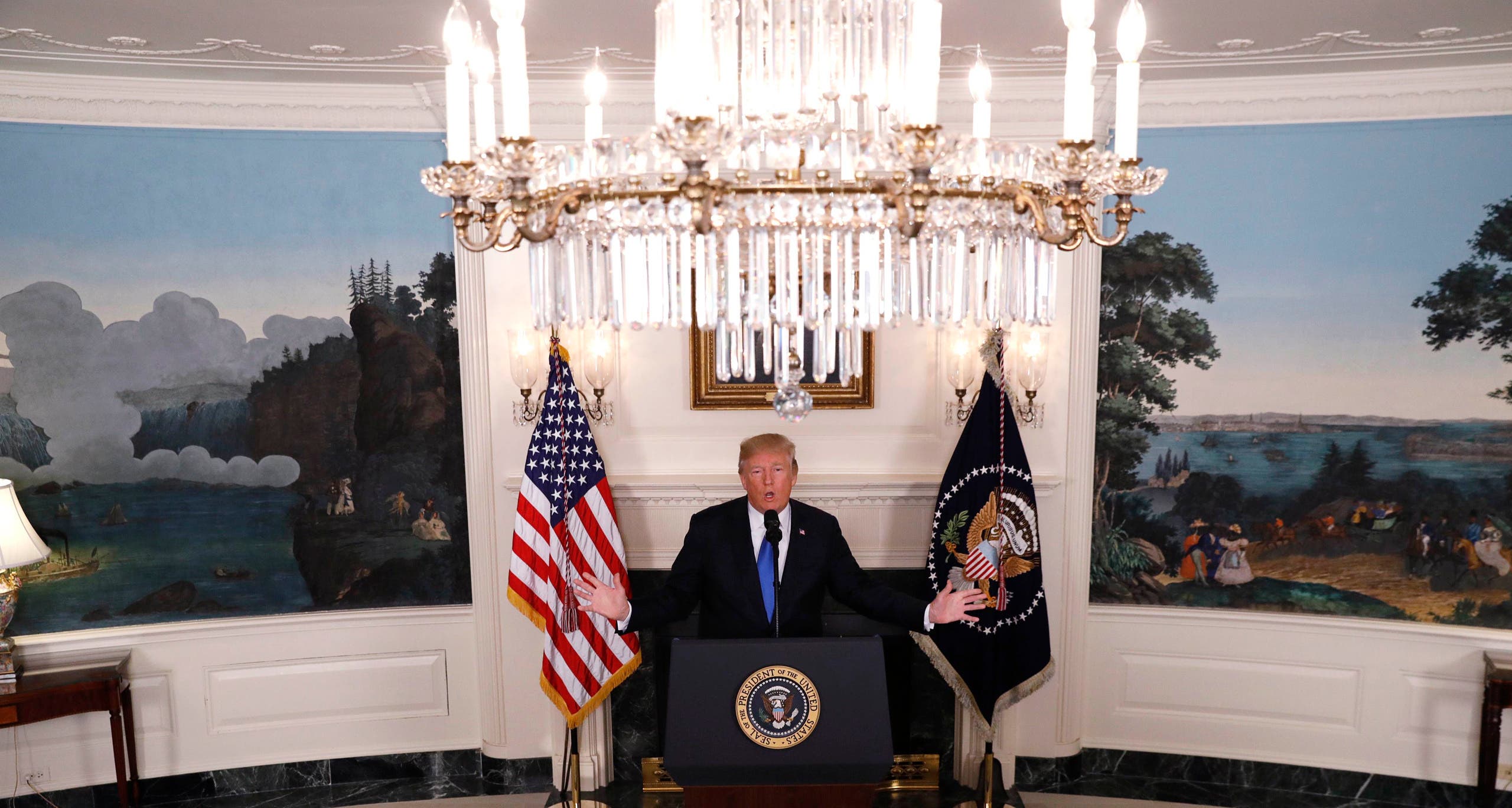




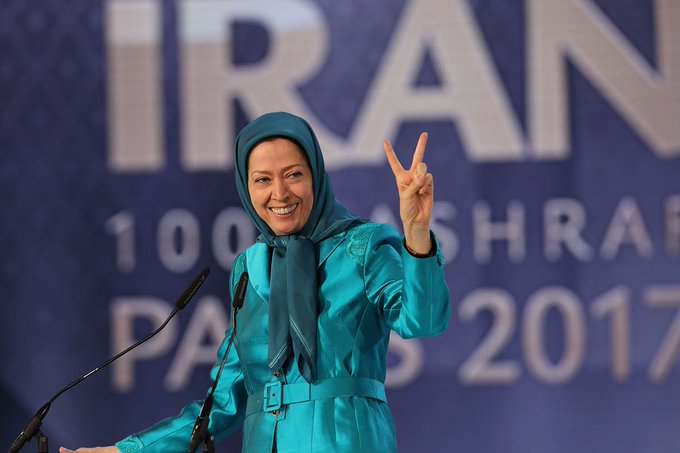




 This February 17, 1989 Tehran photo shows Iranian people gathered in front of the Azadi Tower for the 10th anniversary of the plan, marking the Islamic revolution. (AFP)
This February 17, 1989 Tehran photo shows Iranian people gathered in front of the Azadi Tower for the 10th anniversary of the plan, marking the Islamic revolution. (AFP)